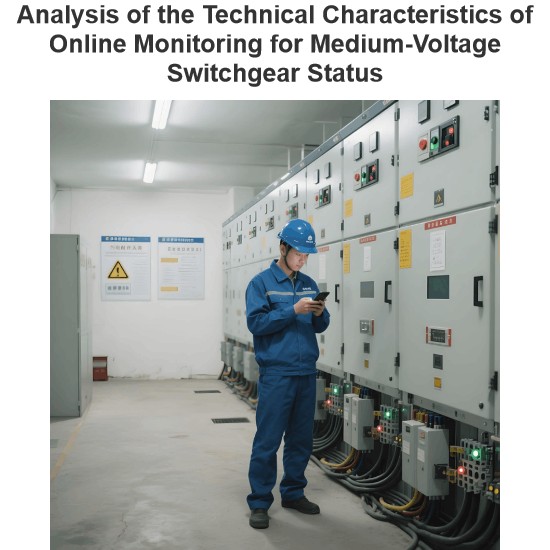What is a Vacuum Circuit Breaker?
What is a Vacuum Circuit Breaker?
Vacuum circuit breaker definition
Vacuum circuit breaker is a kind of high voltage switchgear which uses the arc extinguishing characteristic in vacuum environment to disconnect and connect the high voltage circuit. Compared with traditional circuit breakers such as oil circuit breakers, vacuum circuit breakers have higher reliability and longer service life.
Component
Airtight insulation system: made of glass or ceramic airtight insulation shell, moving end cover plate, fixed end cover plate and stainless steel bellows.
Conductive system: mainly includes fixed conductive rod, moving conductive rod, fixed contact, moving contact and so on.
Shielding system: composed of shielding cylinder, shielding cover, etc., used to prevent metal vapor and liquid droplets generated by contacts from polluting the inner wall of the insulation shell, improve electric field distribution and absorb arc energy.
Contact: Contact is the key part of generating and extinguishing arc, and the commonly used material is copper-chromium alloy.
Bellows: Ensure that the moving electrode moves within a certain range and maintains a high vacuum for a long time.
Operating mechanism: The mature electric energy storage spring control mechanism supports a variety of operation modes, such as electric closing, manual energy storage, etc
Working principle of vacuum circuit breaker
The operating principle of the vacuum circuit breaker is based on the arc extinguishing characteristics in the vacuum environment. When the circuit breaker needs to disconnect the circuit, the moving contacts and the static contacts are separated in the vacuum chamber, and the arc between the contacts is generated in the vacuum. Due to the extremely high insulating strength of the vacuum, the arc cannot persist in the vacuum and will be extinguished for a short time, thus cutting off the current. When the circuit needs to be closed again, the contacts re-contact and the circuit recovers.
Technical parameter
Rated voltage
Rated current
Rated short-circuit breaking current
Rated peak withstand current
4s short-time withstand current
Rated short-time closing current (peak)
Advantage
Strong extinguishing ability: the extinguishing speed is fast, the burning time is short, and the arc can be extinguished in a short time.
Small electrical erosion of the contact: long electrical life, the contact is not eroded by external harmful gases in the vacuum, and the wear is small.
Small opening distance of the contact: small operation power, small stroke of the mechanical part, long mechanical life.
Suitable for frequent operation: can quickly cut off the circuit, especially suitable for cutting off capacitive load circuit.
Small size, light weight: relatively simple structure, easy to install and maintain.
Small environmental pollution: the breaking process is carried out in a closed container, and the arc product does not pollute the environment, no flammable and explosive media, no explosion and fire risk, and no serious noise.
The Electricity Encyclopedia is dedicated to accelerating the dissemination and application of electricity knowledge and adding impetus to the development and innovation of the electricity industry.













